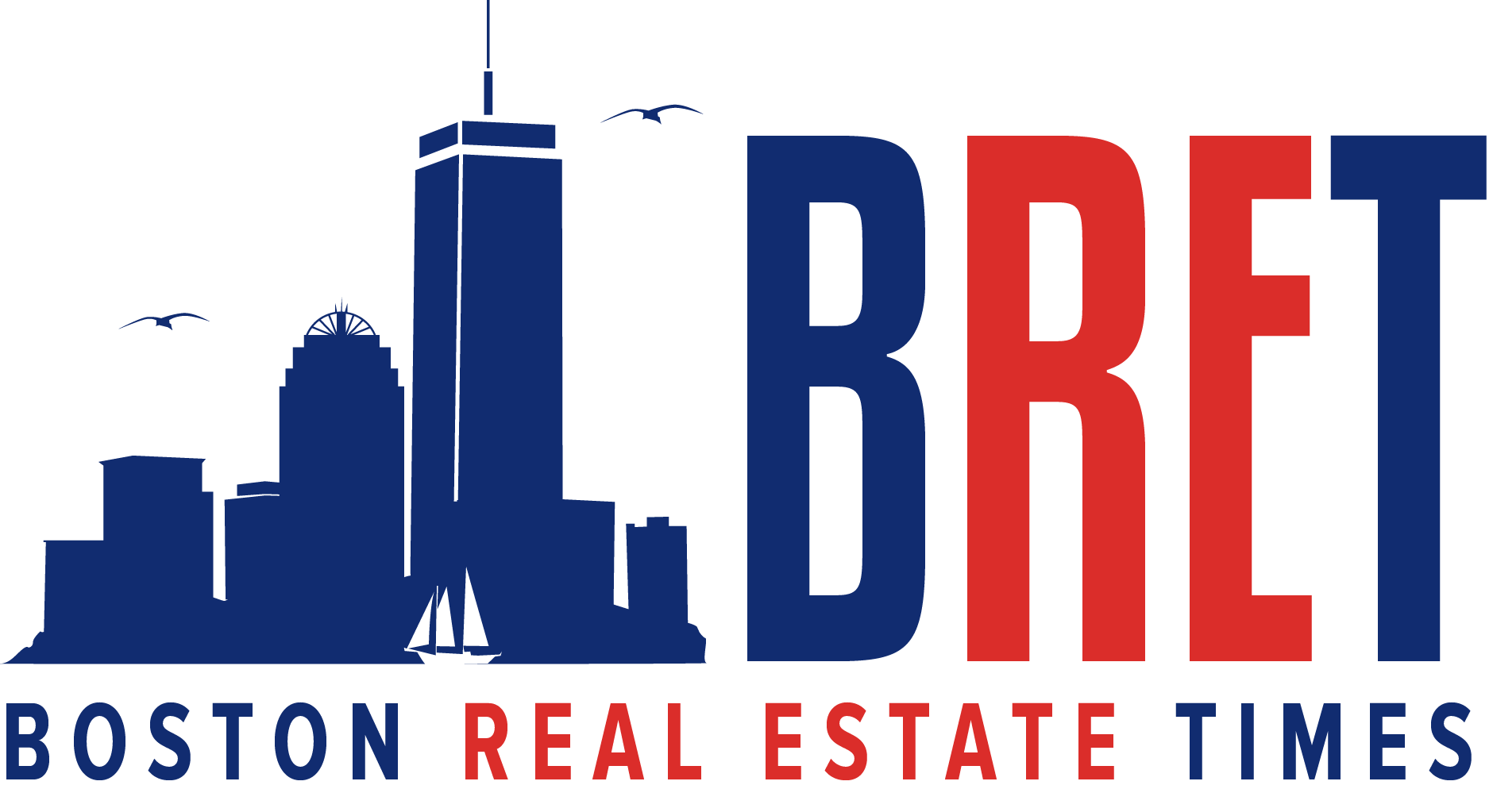BOSTON – The U.S. Department of Housing and Urban Development (HUD) has awarded $146,125 to the Springfield Housing Authority to identify and reduce lead-based paint hazards.
This funding is part of $27.8 million that is being awarded to 38 Public Housing Agencies (PHAs) in 25 states to reduce lead-based paint hazards in thousands of older public housing units. Provided through HUD’s Public Housing Capital Fund, these grants will be targeted to approximately 2,800 public housing units, most of which are currently occupied by families with young children (see below).
“We have no higher calling than to make certain the public housing that taxpayers support is healthy for our vulnerable families to live in,” said HUD Secretary Ben Carson. “As a doctor who treated many young children, I witnessed the close connection between health and housing. Today we make another critical investment in the futures of young children growing up in public housing.”
Although lead-based paint was banned for residential use in 1978, HUD estimates that about 24 million older homes still have significant lead-based paint hazards today. However, homes receiving rental assistance, including public housing, tend to have a lower prevalence of lead-based paint hazards compared to private housing. While most public housing has already undergone abatement, there are still some properties where lead-based paint remains and hazards have redeveloped.
“This funding is critical in helping to protect Rhode Island families from the dangers of lead,” said David Tille, HUD New England Regional Administrator.
Lead-contaminated dust is the primary cause of lead exposure and can lead to a variety of health problems in young children, including reduced IQ, learning disabilities, developmental delays, reduced height, and impaired hearing. At higher levels, lead can damage a child’s kidneys and central nervous system and can even be deadly.


















